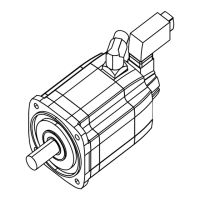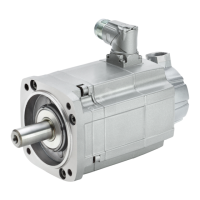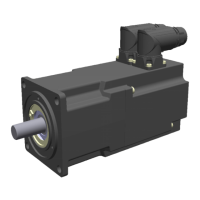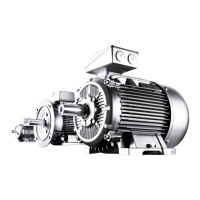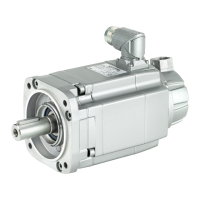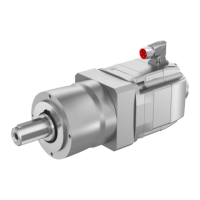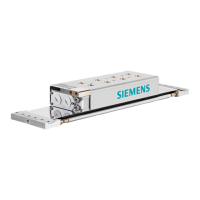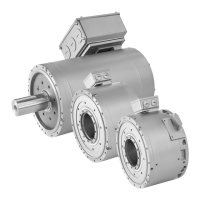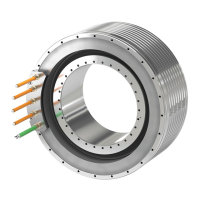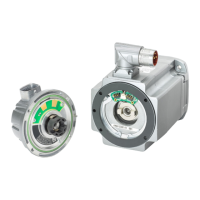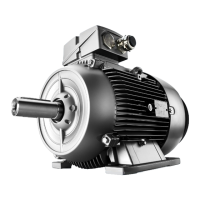Information on the application of motors
7.8 Brake resistances (armature short-circuit braking)
1FT7 Synchronous Motors
Configuration Manual, (PFT7S) 01/2009, 6SN1197-0AD13-0BP2
235
7.8 Brake resistances (armature short-circuit braking)
For transistor PWM converters, when the DC link voltage values are exceeded or if the
electronics fails, then electrical braking is no longer possible. If the drive which is coasting
down, can represent a potential hazard, then the motor can be braked by short-circuiting the
armature. Armature short-circuit braking should be initiated at the latest by the limit switch in
the traversing range of the feed axis.
The friction of the mechanical system and the switching times of the contactors must be
taken into account when determining the distance that the feed axis takes to come to a
complete stop. In order to avoid mechanical damage, mechanical stops should be located at
the end of the absolute traversing range.
For servomotors with integrated holding brake, the holding brake can be simultaneously
applied to create an additional braking torque – however, with some delay.
CAUTION
The converter pulses must first be canceled and this actually implemented before an
armature short-circuit contactor is closed or opened. This prevents the contactor contacts
from burning and eroding and destroying the converter.
WARNING
The drive must always be operationally braked using the setpoint input. For additional
information, refer to the Converter Configuration Manual.
The optimum braking torque of the servomotor in regenerative operation can be obtained
using armature short-circuit with a matching external resistor circuit.
Possible ordering address: http://www.frizlen.com
Note
It goes without saying that equivalent products from other manufacturers may be used. Our
recommendations should be considered as such. We cannot accept any liability for the
quality and properties/features of third-party products.
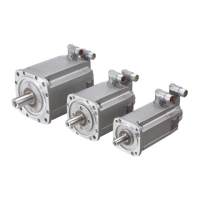
